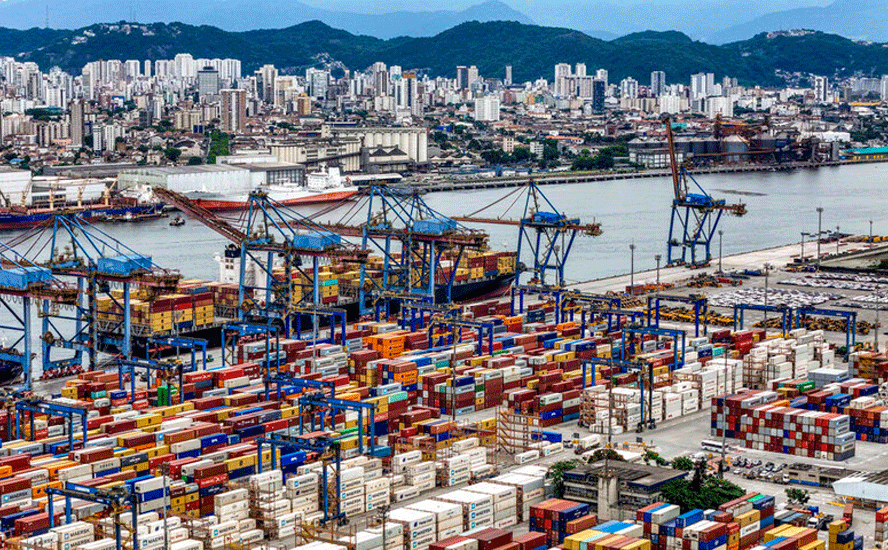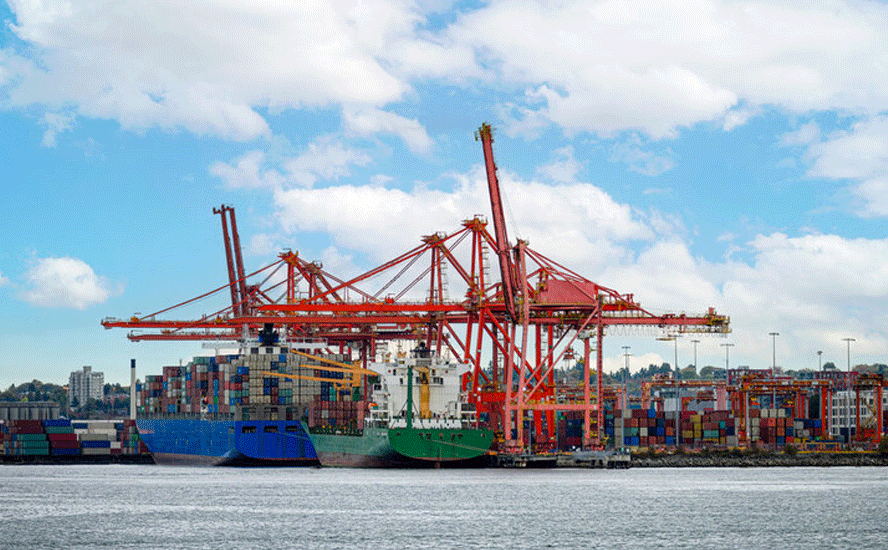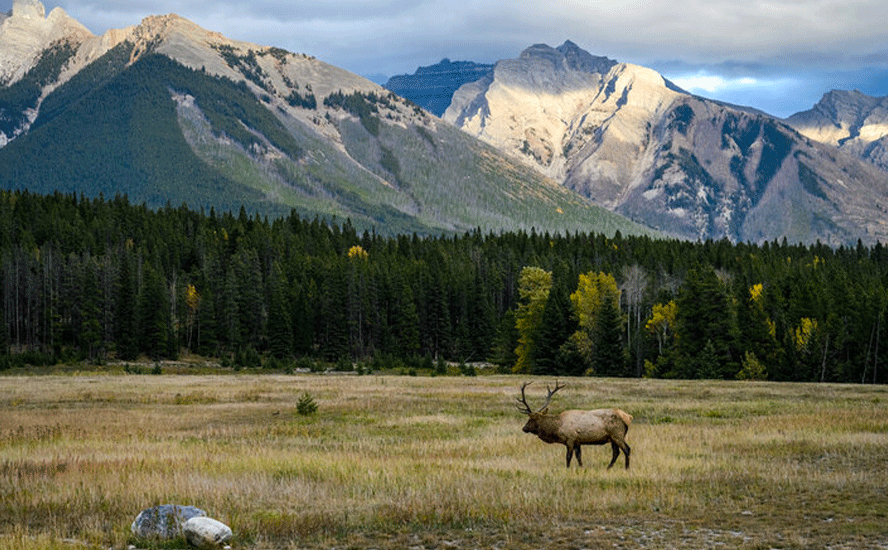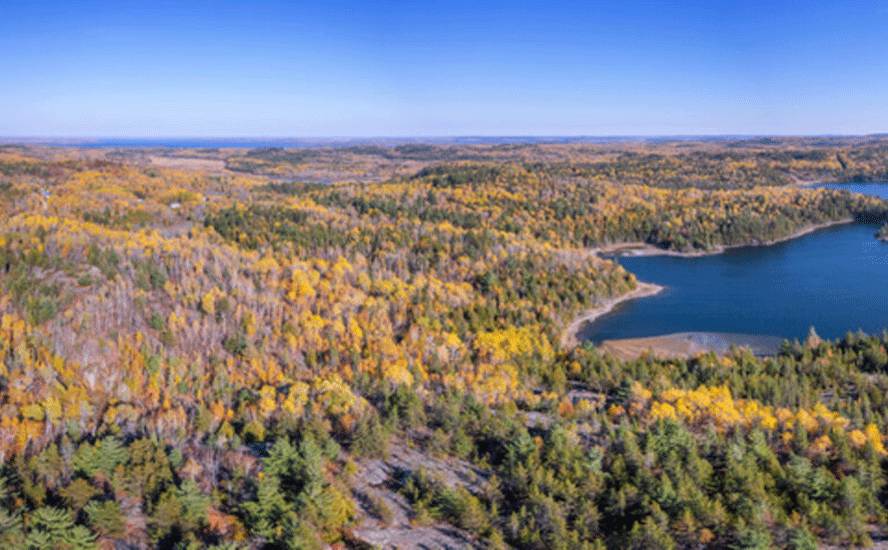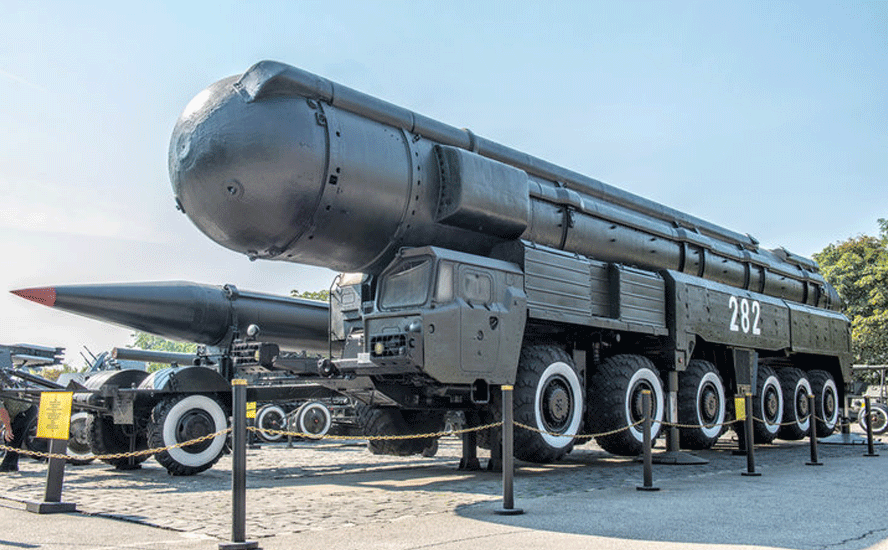Artisanal miners thwarting copper supply uptake – Richard Mills
2022.12.02
An upcoming copper supply deficit could be hastened by an uptick in artisanal mining in Peru, the world’s second-largest copper-producing country behind Chile.
The often-illegal practice of small-scale mining by individuals or loosely organized collectives is normally associated with gold; the informal diggers have previously clashed with major gold mining companies over control of the surface mineral rights. Examples include Colombia, where the government has taken steps to limit artisanal mining (more on that below), Ghana and the DRC.
A rise in the price of gold since 2000 has driven millions to deposits in Africa, South America and elsewhere where they for dig for gold using basic technology, Reuters reported in 2020.
There are currently between 15 and 20 million artisanal and small-scale miners worldwide, estimates Delve, a platform for ASM data.
Reuters said,
Many work with little more than pickaxes and shovels and carry what they dig on their backs. Others use diggers and crushers.

Often, miners use mercury to extract the gold, then turn it into semi-pure nuggets of dore (pronounced door-ray) to sell to traders…

It is hard to measure the output of artisanal and small-scale miners but Metals Focus, a consultancy, estimates they now produce about 560 tonnes of gold a year worth some $27 billion. Mechanised mines produce around 2,900 tonnes a year, it says.
Artisanal copper mining in Peru
In Peru, the rising price of copper due in part to high demand from electric vehicles, has prompted an influx of artisanal miners to exposed copper seams on their indigenous community’s land.
Problem is, the copper is within areas controlled by major copper mining companies, like Mexico’s Southern Copper and Chinese miner MMG, owner of the Las Bambas Mine.
“This used to happen with silver and gold, but now it’s affecting copper,” Reuters quotes Raul Jacob, Southern Copper’s chief financial officer.
Jacob bemoans what the company sees as the government’s poor handling of artisanal mining permits.
Mexico’s Southern Copper has a permit to develop its $2.6B Los Chances Mine in the Peruvian Andes, considered crucial to reaching its production goal of 1.8 million tonnes by 2030. But the artisanals have also been granted temporary permits by the left-leaning government, and they are challenging Big Copper for territorial control.
“Informal mining is entering lands granted to formal (mining) companies and threatening the development of large-scale projects,” a source close to MMG told Reuters.
The company is struggling to develop two new open pits at Las Bambas, because of the artisanal miners who have settled on the same land. The world’s ninth-largest copper mine produces some 400,000 tonnes a year, but its pit is running out of ore.
The conflict boils down to the fact that there are two authorizations given by the government, one for artisanal mining, and another to mining companies, who own the concessions. According to the article, since 2012 Peru has been granting artisanal mining permits on lands that overlap with concessions, giving the small-scale miners some legal protection.
While MMG and Southern Copper hold mining rights allowing them access to copper underground, removing the artisanals is problematic because the mining companies don’t own the surface rights. To get these rights, they would have to buy the artisanals out.
However, Peru’s top mining official says in a legal fight, the artisanals would likely lose, because “Where we have concessions we can’t have (artisanal mining permits). We can’t disavow the concessions that have already been granted.”
That isn’t stopping the small-scale miners from working the copper seams en masse, where they can earn about US$20 a day.
According to government records, artisanal mining permits in Peru have doubled to 80,000 since 2020, with copper being the new focus. A Las Bambas presentation estimates informal miners are blasting 1,950 tonnes of rock per day, almost double their output a year ago.
The report figures the government has issued 700 permits that overlap with Las Bambas’s concession.
In May Southern Copper sued the artisanal miners, claiming their permits were non-compliant; the potential for more disputes is high. Peru’s leftist administration last week presented a new framework for artisanal mining declaring it “as important” as big mining; and Southern Copper has asked the government to revoke all artisanal mining permits on its concession. About half have been canceled, causing resentment.
Anglo American agrees to earlier community payout in Peru after protests
How Much Will Protests Threaten Mining Investment?
Comparison with Colombia
As Peru reviews its artisanal permitting system, it may want to take a look at next-door-neighbor Colombia’s experience with the issue.
The Colombian government has been working to get a handle on illegal mining, recognizing the billions of pesos of lost revenue and the steady stream of laundered cash it provides for narco-terrorist organizations.
In 2016, the government passed Decree 142, which makes it illegal to mine gold and sell it without an explosives permit, a permit from the concession owner, and a certificate of origin from a legitimate gold mine.
Gran Colombia was the first company to organize the illegal miners into cooperatives that work jointly with its employees; now there are no illegal miners within the company’s concessions.
Gran Colombia is only one of several firms that have been compelled to work with informal miners throughout their operations.
The new government in Colombia has been clear on how companies that want to explore for minerals need to operate. Those working projects that are disputed by nearby communities and/or indigenous peoples, or are located in environmentally sensitive areas, are going to have problems.
In deciding whether to approve an application, the Mines Department will determine if there is forestry happening there, whether there is a conflict with indigenous groups, and whether there is agreement from the local community, or communities, affected.
Before approval, a public meeting with the community is held. Generally the Mines Department will not even bother to hold a meeting unless they think the answer to mining will be “yes”. To gauge the level of support, the department will communicate with the municipality and put up notices informing locals of the proposed development. After a mining-positive public hearing, it is typically only a matter of weeks before a concession is approved.
Unlike in other countries, where exploration and mining permits are required at each step of the development process, in Colombia the mining concession is all-encompassing. That means it goes all the way from exploration to mining, with each concession good for 30 years, after which another 30-year extension may be granted. Also unlike other jurisdictions, there is no exploration expenditure commitment. A company is required to file an exploration plan but they are not bound by it. That is good news for an explorer because it means they can take a hiatus from “boots on the ground exploration”, say to fly a geophysical survey or to review drill results.
Another bonus: application fees aren’t due until a mining concession is granted.
Copper supply fail
I for one will be watching closely to see whether the industry, and the Peruvian government, is able to achieve an accommodation with its artisanal miners, who arguably have every right to hand-mine on land that is legally theirs.
On the other hand should they be able to interrupt mining on a copper company’s concessions, for which the latter holds the mining rights, having paid hundreds of millions for the property, along with investments in equipment and a labor force.
“Castillo stressed that mining would not be permitted in places where communities oppose it, specifically calling out Tia Maria, planned by Mexico’s Southern Copper, and Minas Conga, belonging to-US based Newmont. Tia Maria development has been suspended since 2009, Conga since 2011.”
The stakes are high. We are talking about Peru, the world’s second largest copper producer. Among three large, untapped mining projects set to begin production this year and next, one, Quellaveco, is in Peru (the others are Timok in Serbia and Qebrada Blanca Phase 2 in Chile). The $5 billion project being developed by Anglo American, expects to deliver an average 300,000 tonnes per annum of copper in the first 10 years of operation.
While many major mining companies only pay lip service to ESG, some have learned that ignoring indigenous claims to their mining projects, or minimizing consultation, have repercussions. As anyone who’s worked in BC knows, to develop a mine, you need to have the local native populations on board. Just ask Taseko Mines and KGHM, who both had their mine projects rejected (New Prosperity and Ajax) due to First Nations and environmental opposition.
ESG seen as biggest risk to mining industry
Yet you never hear about these problems when analysts submit their annual copper production forecasts. Earlier this year, RBC Capital said global copper supply will outpace demand over the next two years, helped by several large mine projects, referring to the three above.
Let’s recap what is actually in the pipeline, and the likelihood of these mines actually bringing copper to Western markets.
According to Goehring & Rozencwajg Associates, the number of new world-class copper discoveries coming online this decade “will decline substantially and depletion problems at existing mines will accelerate.”
According to the Wall Street firm’s model, the industry is “approaching the lower limits of cut-off grades,” and brownfield expansions are no longer a viable solution.
“If this is correct, then we are rapidly approaching the point where reserves cannot be grown at all,” the report concluded.
Copper: the most important metal we’re running short of


It also shines a light on the importance of making new discoveries in establishing a sustainable copper supply chain.
Over the past 10 years, greenfield additions to copper reserves have slowed dramatically. S&P Global estimates that new discoveries averaged nearly 50Mt annually between 1990 and 2010. Since then, new discoveries have fallen by 80% to only 8Mt per year.
In fact, 80% of new copper supply is concentrated in just five mines — Chile’s Escondida, Spence and Quebrada Blanca, Cobre Panama and the Kamoa-Kakula project in the DRC. Our analysis shows that in four of the five mines where new copper supply is concentrated, there are offtake agreements either in place or implied, with non-Western buyers.
In the case of Kamoa-Kaukula, 100% of initial production will be split between two Chinese companies, one of which owns 39.6% of the joint venture project. Nearly half of Cobre Panama’s annual production goes to a Korean smelter under a 2017 offtake agreement. Escondida and Quebrada Blanca are both partially owned by Japanese companies — one can make the assumption that a corresponding percentage of production will be going there.
Some of the world’s largest copper miners this year have proven unable to produce as much as they said they would. BHP, Rio Tinto, Anglo American, First Quantum Minerals and Glencore have all pared back production forecasts, blaming higher costs for their lower output figures.
Anglo American’s New Boss Sounds Warning on Future Copper Supply
It is becoming increasingly costly to bring new copper mines online and run them. According to Goldman Sachs, the incentive price to make mining attractive is now 30% higher than 2018, at roughly $9,000 a ton (as I write this copper is US$7,460/t).
New deposits are getting trickier and pricier to find and develop. In Canada and the United States, there is a lot of anti-mining sentiment and politicians are beholden to these pressure groups. It can take up to 20 years to build a mine, after all the stakeholders have been consulted and the many permitting requirements have been satisfied. Overall it is getting harder, and taking longer, for new projects to be green-lit.
Still, every year so-called experts predict a copper supply surplus; instead what happens? Deficit after deficit. At least a million tonnes a year is lost to strikes and operational difficulties.
A miner can only go so far in lowering the cut-off grade. At a certain point, it doesn’t matter how much the price rises, lowering the cut-off involves too many costs; mining then becomes un-economic.
Peru and Chile, which together account for more than a third of global copper output, are both seeing a wave of resource nationalism, where governments try to exact a greater share of resource revenues through various means, such as higher royalties and export bans of raw ores.
Chile is the world’s top copper producer, but the country is woefully short of power. Its power generation capacity currently stands at 19,742 megawatts. It is estimated that the country will need 56% more power to keep up with demand, which will come primarily from mining projects.
In the DRC, weak infrastructure, including a lack of power, is limiting growth potential for major copper deposits.
Back to Chile, after more than a decade of drought, freshwater supplies are becoming a big problem. Copper mines require lots of water to process sulfide ores, and the lower the grade, the more water must be used. Water must be pumped from the ocean hundreds of kilometers to the mines 800m above sea level; of course the seawater must also be desalinated, an expensive process.
In the US, South America, Europe and China, a lack rainfall this past summer meant that less freight could be transported, leading to shipping delays and higher costs. According to the BBC, low water levels caused hydropower generation in Spain to drop by 44%. Some nuclear power plants in France had to reduce output because rivers were too low and warm to cool the plants.
Hunger stones, wrecks and bones
Chile and Peru’s mine workers frequently down tools to protest wages and/ or working conditions. At above-mentioned Las Bambas, MMG this week resumed production following a protest by indigenous people, who camped near the mine to demand land they called “ancestral”, be returned to local communities.
While the protest has been lifted, a source close to the company told Reuters that transportation of copper to port remains blocked by a separate conflict.
BHP only just barely avoided a strike at Escondida in Chile, the world’s largest copper mine.
Conclusion
The result of all these supply snafus? The copper industry is in the grips of a structural supply deficit that, combined with lower grades, cost inflation, drought conditions affecting water supplies, and a creeping resource nationalism in some of the world’s largest copper producers, is only expected to get worse.
When we consider the additional constraints that artisanal miners are placing on existing and new mines, it seems only a matter of time before tight supply pushes copper prices higher.
Richard (Rick) Mills
aheadoftheherd.com
subscribe to my free newsletter
Legal Notice / Disclaimer
Ahead of the Herd newsletter, aheadoftheherd.com, hereafter known as AOTH.
Please read the entire Disclaimer carefully before you use this website or read the newsletter. If you do not agree to all the AOTH/Richard Mills Disclaimer, do not access/read this website/newsletter/article, or any of its pages. By reading/using this AOTH/Richard Mills website/newsletter/article, and whether you actually read this Disclaimer, you are deemed to have accepted it.
Any AOTH/Richard Mills document is not, and should not be, construed as an offer to sell or the solicitation of an offer to purchase or subscribe for any investment.
AOTH/Richard Mills has based this document on information obtained from sources he believes to be reliable, but which has not been independently verified.
AOTH/Richard Mills makes no guarantee, representation or warranty and accepts no responsibility or liability as to its accuracy or completeness.
Expressions of opinion are those of AOTH/Richard Mills only and are subject to change without notice.
AOTH/Richard Mills assumes no warranty, liability or guarantee for the current relevance, correctness or completeness of any information provided within this Report and will not be held liable for the consequence of reliance upon any opinion or statement contained herein or any omission.
Furthermore, AOTH/Richard Mills assumes no liability for any direct or indirect loss or damage for lost profit, which you may incur as a result of the use and existence of the information provided within this AOTH/Richard Mills Report.
You agree that by reading AOTH/Richard Mills articles, you are acting at your OWN RISK. In no event should AOTH/Richard Mills liable for any direct or indirect trading losses caused by any information contained in AOTH/Richard Mills articles. Information in AOTH/Richard Mills articles is not an offer to sell or a solicitation of an offer to buy any security. AOTH/Richard Mills is not suggesting the transacting of any financial instruments.
Our publications are not a recommendation to buy or sell a security – no information posted on this site is to be considered investment advice or a recommendation to do anything involving finance or money aside from performing your own due diligence and consulting with your personal registered broker/financial advisor.
AOTH/Richard Mills recommends that before investing in any securities, you consult with a professional financial planner or advisor, and that you should conduct a complete and independent investigation before investing in any security after prudent consideration of all pertinent risks. Ahead of the Herd is not a registered broker, dealer, analyst, or advisor. We hold no investment licenses and may not sell, offer to sell, or offer to buy any security.
Legal Notice / Disclaimer
Ahead of the Herd newsletter, aheadoftheherd.com, hereafter known as AOTH.Please read the entire Disclaimer carefully before you use this website or read the newsletter. If you do not agree to all the AOTH/Richard Mills Disclaimer, do not access/read this website/newsletter/article, or any of its pages. By reading/using this AOTH/Richard Mills website/newsletter/article, and whether you actually read this Disclaimer, you are deemed to have accepted it.





